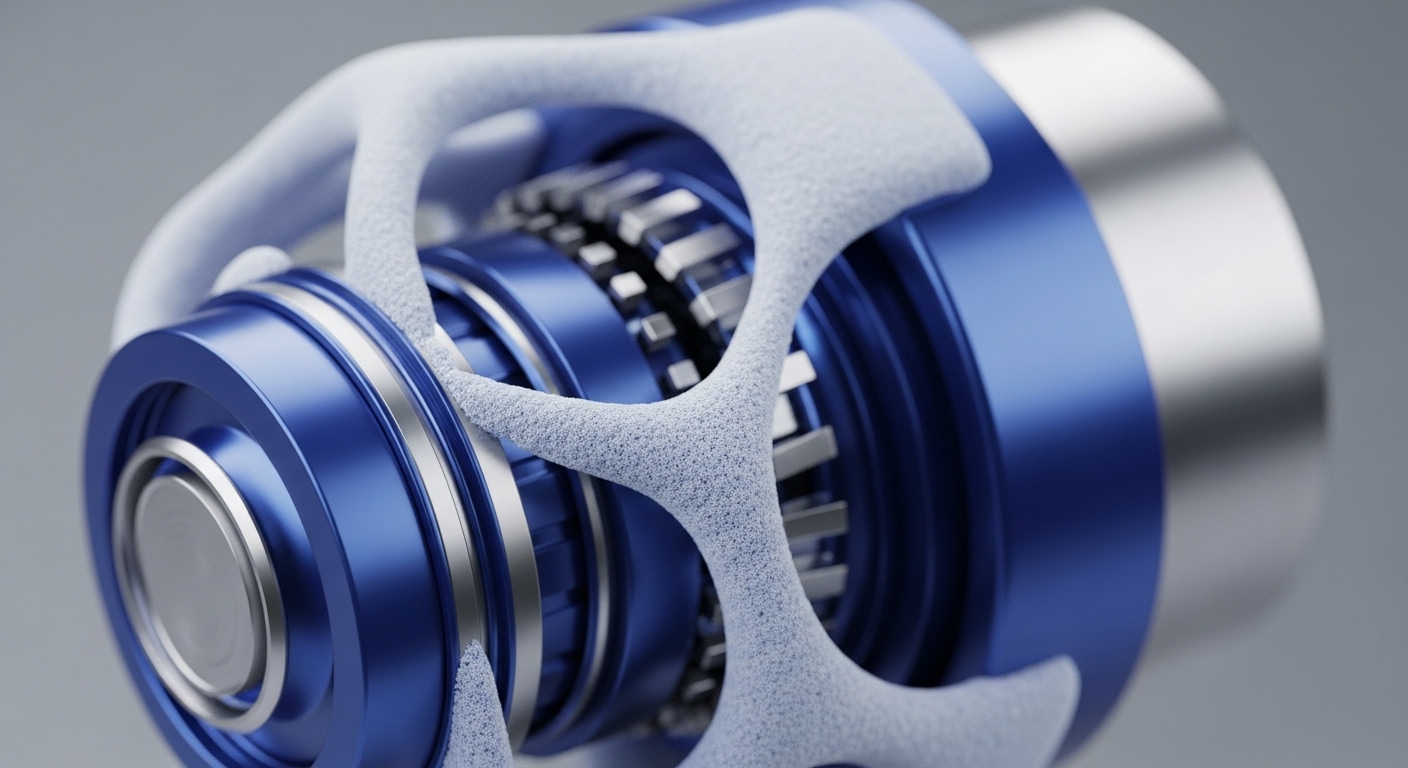
Briefing
The core research problem in verifiable computation is the linear memory consumption of the prover, which scales directly with the size of the computation, fundamentally prohibiting large-scale and on-device proving. The breakthrough is the construction of a sublinear-space ZKP prover achieved by establishing a theoretical equivalence that recasts the proof generation process as a classic Tree Evaluation problem. This novel streaming prover design allows for proof assembly without ever materializing the full execution trace, reducing memory requirements from linear Thη(T) to square-root O(sqrtT). This advancement fundamentally democratizes access to privacy-preserving computation, unlocking a new era of verifiable applications on resource-constrained devices like mobile phones and IoT hardware.

Context
The prevailing theoretical limitation in zero-knowledge proof systems, particularly SNARKs, was the necessity for the prover to hold the entire execution trace of the computation in memory. This constraint mandated that prover memory scaled linearly with the size of the computation (T), creating a practical bottleneck that restricted the use of ZKPs to powerful, server-bound hardware. This limitation prevented the widespread deployment of privacy-preserving technologies on everyday devices and made verifying extremely large computations economically infeasible.

Analysis
The paper’s core mechanism introduces a streaming prover architecture that conceptually decouples proof generation from the full memory requirement of the computation trace. This is accomplished by proving an equivalence between the arithmetic constraints of the ZKP and the classical Tree Evaluation problem. By leveraging a space-efficient algorithm for tree evaluation, the prover can process the computation in blocks, committing to aggregate values and generating necessary proof elements in a constant number of streaming passes. The fundamental difference from prior approaches is the elimination of the requirement to store the full intermediate state, allowing the prover to operate with only a small, sublinear fraction of the total memory required for the computation.

Parameters
- Prior Prover Memory Scaling ∞ Thη(T) – This is the linear memory complexity required by existing ZKP provers, where T is the size of the computation trace.
- New Prover Memory Scaling ∞ O(sqrtT) – This is the square-root memory complexity achieved by the sublinear-space prover, up to lower-order logarithmic terms.

Outlook
This foundational shift in prover architecture immediately opens new avenues for applied cryptography, especially in edge computing and decentralized machine learning. Within three to five years, this sublinear memory paradigm will enable a new class of ZK-powered applications where users can generate complex proofs of solvency, identity, or verifiable model training directly on their mobile devices. The research trajectory will now focus on optimizing the constant factors and reducing the logarithmic terms in the O(sqrtT) complexity, further accelerating the transition of zero-knowledge technology from specialized data centers to mass-market consumer hardware.

Verdict
This breakthrough solves a critical, physical resource bottleneck in zero-knowledge proofs, fundamentally redefining the practical boundary of verifiable computation.
